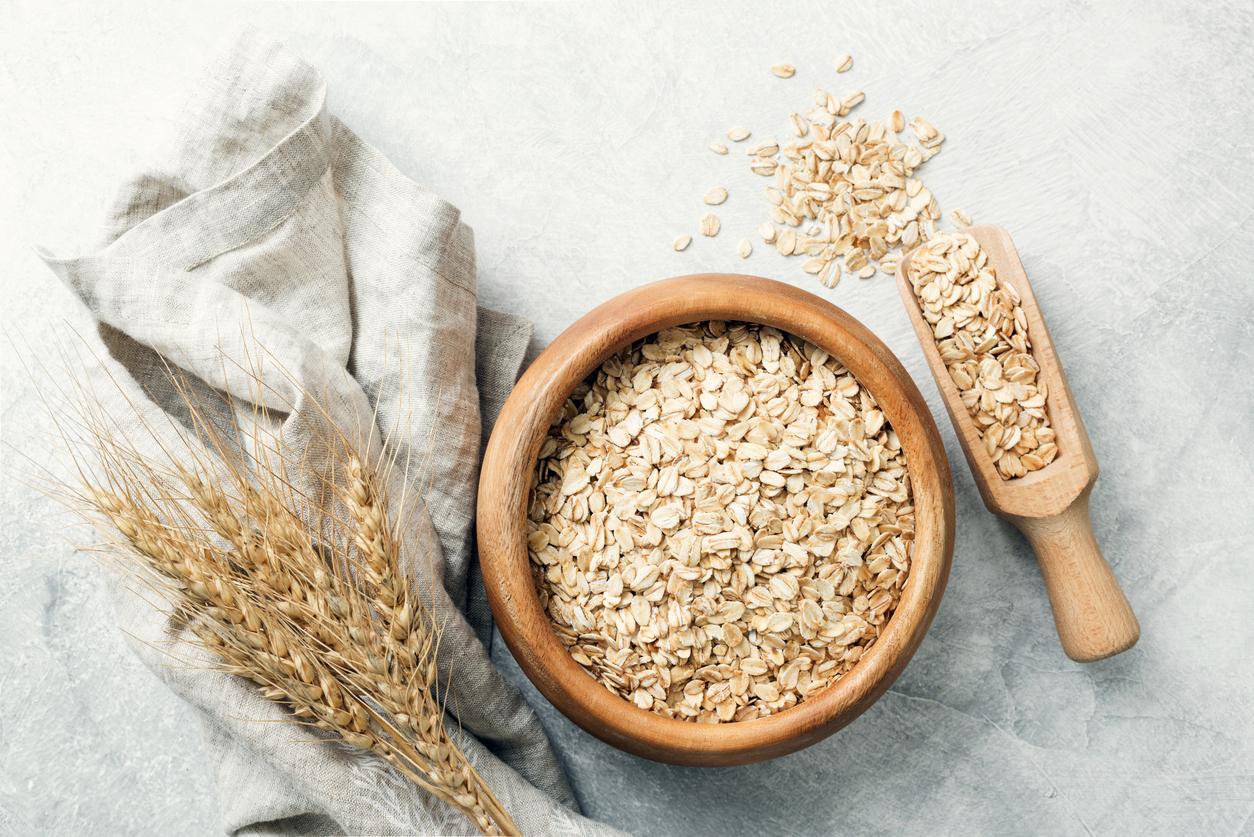Did you know that the redder a pepper, the richer it is in antioxidants? The color of the pepper evolves according to its state of maturity: green, then yellow, then orange, then red… We come back to the countless benefits of the pepper!
Native to America, peppers are sweet, crunchy and refreshing and unlike chili peppers, they are less hot. Its shape and flavor distinguish it from peppers. It’s a vegetable summer and fall produced mainly in the southern regions of France. Pepper can be tasted in July, August and September.
We know, the pepper is the ultimate slimming ally. The capsaicin it contains stimulates the metabolism and prevents immature fat cells from developing. Excellent appetite suppressant, the pepper provides a feeling of satiety and is a precious help in slimming diets. It has a very low low energy intake.
More on the benefits of peppers
Composed of 90% water, peppers have diuretic properties. Thanks to this virtue, it facilitates the detox of the body and improves the transit. In addition, it helps in good colon hygiene.
There are different types of peppers but the main varieties are:
- the square pepper cube-shaped, originally from Holland with thick flesh and crunchy taste,
- the rectangular pepper, produced in France which is long, wide and flat,
- finally we have the triangular bell pepper, less common, with a mild or pungent flavor.
The colors of the pepper vary from green to red (depending on its ripening) through orange and pale yellow.
It’s not just a vitamin C concentrate but it is also full of provitamin A, from group B vitamins, of the vitamin A, from vitamins E and K. It is source of minerals and D’trace elements especially iron, copper, phosphorus, manganese, zinc and calcium. The pepper has, in addition, a high content of flavonoids, in lycopene and in fibers.
- True antioxidant thanks to its high content of vitamin C, the pepper protects against infections, and is good for the health of teeth and bone.
- He fights against cardiovascular illnesses thanks to vitamin B6.
- It reduces the bad cholesterol and eliminates free radicals in the body.
- Its richness in fiber and water stimulates intestinal transit and facilitates elimination.
- It is rich in phenolic compounds which give beautiful skin and fight against aging.
Practical advice on eating bell pepper
To choose the pepper, the skin be firm, shiny and smooth. Its color depends on the level of ripening and the species, but it still remains fresh whether it is red, yellow or green.
Peppers dry out quickly when exposed to room temperature. It is therefore preferable to keep in the vegetable drawer from the refrigerator after having it rinsed with water. It can therefore resist a week.
When the pepper is already started, we still have the possibility of keeping it for 2 days. To do this, it is placed in transparent film and stored in the vegetable drawer of the refrigerator.
You can keep the pepper frozen for several months. When you remove the seeds, you cut it into strips or dice to put them in a bag. The shelf life when applying this method is 12 months maximum. It is therefore advisable to write the date of the start of storage on the bag.
How to cook bell pepper and enjoy its benefits
Pepper is not difficult to prepare. It must necessarily be rinsed under water and seeded before any preparation. To benefit from its wealth in vitamins, it is advisable to consume it raw.
It can be enjoyed in salad, in grout when mixed with sour cream, such as a appetizers or with fish. In the latter case, sugar or vinegar is added to it.
Another way to get the benefits of peppers is to eat them cooked in omelets and the gratins. It can also be eaten with rice or chicken. It should be noted that peppers are used in the preparation of several traditional dishes such as paella, piperade and gazpacho. Peppers go well with sauces and white or red meat.
Pepper is a vegetable provided with several health benefits and is a real appetite suppressant to help find the line. We can therefore consume it at will.
How do you cook peppers? Do you have a favorite recipe? Give us your tips in the comments.

















